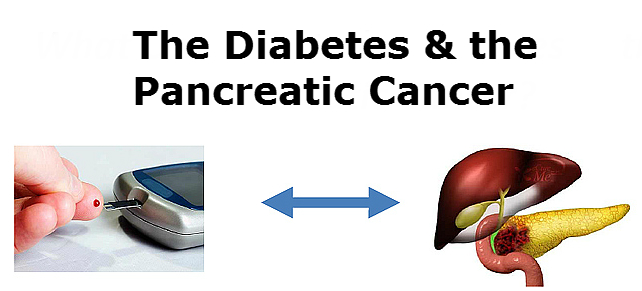
Jenna Hinman is fighting for her life in a medically-induced coma after she gave birth to healthy twins at 30 weeks pregnancy, only to discover she had a rare cancer of the placenta that has filled her lungs with tumors.
The 26-year-old mother is in “critical but stable” condition at Crouse Hospital in Syracuse, N.Y. The twin baby girls, Kinleigh and Azlynn are doing fine at 2 pounds, 9 ounces, and 3 pounds, 6 ounces, respectively.
“We’re hanging in there,” her husband, U.S. Army Sgt. Brandon Hinman, told ABCNews.com. “We are just taking it day to day, but we are starting to get some positive results and are pretty happy about that. The chemo is starting to have an effect.”
“The twins are doing well and don’t have breathing tubes anymore,” said Hinman, 30, who is stationed at Fort Drum. “Both are feeding and right where they need to be at 30 weeks.”
Crouse Hospital spokesman Bob Allen said her treatment was “a highly rare situation here, not just because of the pregnancy-related cancer, which is a big piece of it, but the fact that she is on ECMO technology.”
ECMO or extracorporeal membrane oxygenation is a therapy that uses a pump to circulate blood through an artificial lung back into the bloodstream. The most common conditions that may require ECMO are: heart malformations, severe air leak problems and severe pulmonary hypertension, according to the National Institutes of Health.
Jenna Hinman, a recreational therapist, began to go into labor on March 3 and was rushed to the emergency room at Good Samaritan Hospital in Watertown, N.Y., where the twins were delivered by emergency C-section. The same day, the twins were transported to Crouse Hospital in Syracuse where its Walter R.G. Baker Neonatal Intensive Care Unit is the only one in the in central New York designated as a regional perinatal center.
The new mother had only a quick visit with the babies before they were taken to the Crouse NICU. When Jenna Hinman began coughing up blood, she, too was transferred to Crouse.
“She was really in distress with breathing difficulties,” Crouse Hospital spokesman Cheryl Abrams told ABCNews.com. “It was a situation where the babies were in distress, too.”
At first doctors suspected pneumonia, but three days later, they diagnosed stage 3 choriocarcinoma.
Choriocarcinoma is a malignant form of gestational trophoblastic disease (GTD), tumors that involve abnormal growth of cells inside a woman’s uterus. This particular type affects only about 2 to 7 of every 100,000 pregnancies in the United States, according to the American Cancer Society.
Choriocarcinoma is much more likely than other types of GTD to grow quickly and spread to organs away from the uterus. About one-quarter of women who develop this disease miscarry.
Chief of Medicine for Crouse Hospital Dr. David Landsberg said stage 3 cancer had invaded Hinman’s lungs but had not gone to the brain. The cancer itself is “curable tumor,” he said.
“Placental tissue grows at a very rapid rate to support the fetus, which explains why the cancer is so aggressively metastatic,” he said. “It grows into the uterus and once it gets out, it’s looking for somewhere else to grow.”
Without ECMO, her condition would be “100 percent fatal,” said Landsberg. “The chemo will be the real cure. The ECMO is keeping her alive for the chemo to do its job.”
He said a cure was “on the edge of what is possible.”
Source: abc news





 Scientists say they have taken a step forward in understanding why some people are at greater risk of skin cancer because of their family history.
Scientists say they have taken a step forward in understanding why some people are at greater risk of skin cancer because of their family history.




